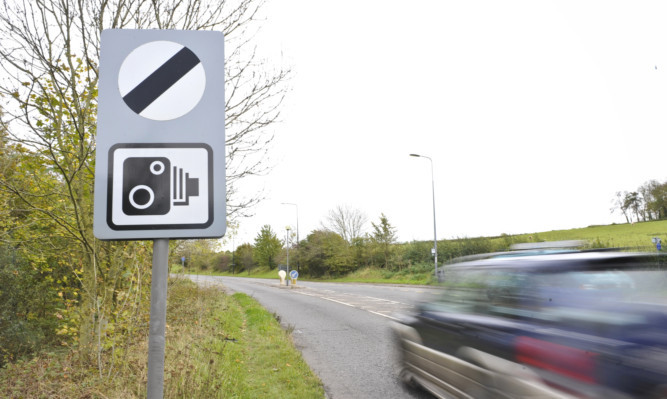Speed cameras reduce the number of fatal and serious collisions in the areas they are installed by more than a quarter, a study found.
The RAC Foundation studied 551 fixed cameras in nine areas of England and found that such incidents dropped by 27% after speed cameras were put in place.
But the research found that at 21 camera sites the number of collisions appeared to have increased. The foundation has written to 11 local authorities to find out why and to suggest they examine whether the cameras should be moved.
Professor Stephen Glaister, director of the RAC Foundation, said that a report it published in 2010 found that without speed cameras there would be about 800 more people killed or seriously injured each year.
He told the BBC: “Safety cameras are contentious, people dispute whether they work. But in fact the general public as a whole like them because they want these roads to be made safer.
“If cameras were turned off overnight there would be something like 80 people killed extra a year and 800 people killed or seriously injured.
“So the evidence is very good that on average they do work, they are effective.”
The study looked at data from speed cameras in Cambridge and Peterborough, Leicesterhire, Lincolnshire, Merseyside, South Yorkshire, Staffordshire, Sussex, Warwickshire and the Thames Valley.
